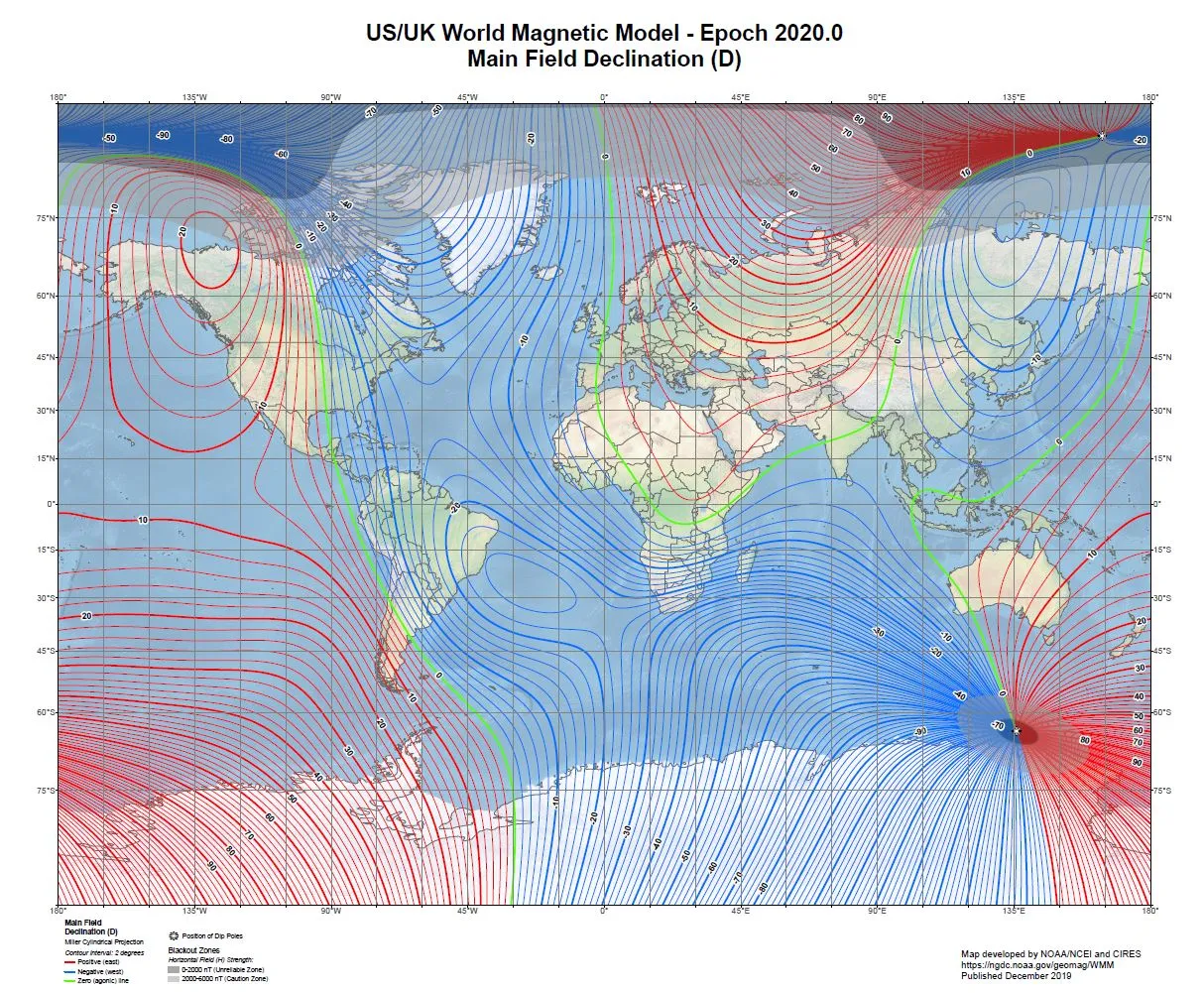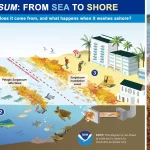A recent post on the National Geospatial-Intelligence Agency blog describes the importance of the World Magnetic Model to modern precision navigation and how the MagQuest Prize Challenge supports the advancement of these efforts.
“The World Magnetic Model is a critical piece of digital infrastructure that is key to global navigation and corrects a standard compass reading. The WMM provides declination values for all points on Earth, which NGA WMM program manager Mike Paniccia, explains is the “difference between magnetic north, where your compass points, and geographic north, also known as true north, the fixed point on the top of a spinning globe where all the meridians meet.”
The WMM is based on requirements within a military specification, but WMM customers are not limited to the DOD. WMM is publicly available and is in use by the U.K. Ministry of Defense, NATO, the International Hydrographic Organization and the Federal Aviation Administration, as well as others. WMM is also embedded in hundreds of millions of cell phones for use in all navigation apps.
The WMM is a joint product of NGA and the U.K. Defense Geographic Centre with development and publication by the National Oceanic and Atmospheric Administration and the British Geological Survey. The WMM also ingests some data from a global collection of ground observatories called INTERMAGNET. Each ground observatory is owned and operated by numerous agencies, organizations and universities from many different countries. The U.S. ground observatories are maintained by the United States Geological Survey.
“Without it, we would regress to pre-1900s level of directional accuracy,” said Paniccia. “This would make modern navigation inaccurate and since runways are all aligned to magnetic field lines, air travel would be severely impacted.””
Part of advancing this effort is a competition called MagQuest.
“The MagQuest Prize Challenge, currently in its fourth and final phase, was created to develop this solution,” said Paniccia. “In this phase, three challenge participants, called solvers, are building and launching nano-satellites with magnetometers, which are sensors that collect magnetic data, with the end goal of evaluating their ability to support WMM production. Successful solvers will then be considered eligible to enter into a data purchase agreement with NGA for future magnetic data.”
MagQuest is a partnership with NASA who assists with the day-to-day running of the challenge as well as using their magnetic testing facility at Goddard Space Flight Center to assess the magnetic field measurement performance of solver submissions. The current MagQuest solvers are U.S. company Spire, British company Iota, and the University of Colorado at Boulder.
For more information on MagQuest and updates on Phase 4bc visit MagQuest Challenge.






